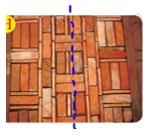Test: Building with Bricks - 1 - Class 4 MCQ
25 Questions MCQ Test - Test: Building with Bricks - 1
Placing the bricks directly on top of each other results in a strong wall.
Which of the following is not used to find out the size of a brick?
Which of the following patterns are floor patterns?

In which of the following patterns, mirror halve can be seen?

Which of the following shows three faces of a brick?
Which design of the wall is expected to be the weakest?
Below pattern of wall design is matching with which brick wall.

How many different patterns can you see in these two photos?
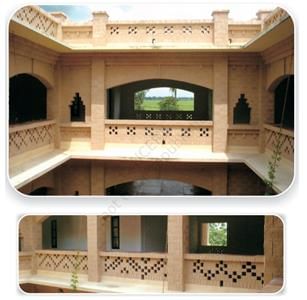
Which shape can be made by placing a brick in the garden?

What type of design you can see in the below picture.

Burnt bricks can be further classified into how many types?
In the picture below,how many faces of the longest brick can be seen from the top?
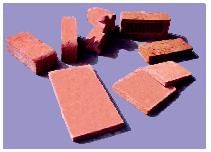
If a brick length is 10 centimeters, then how many bricks need to put in a straight line to make a wall of one-meter length.
Arrange the following images related to brick making in correct order.
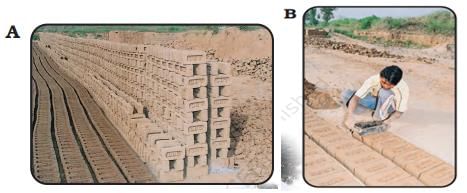
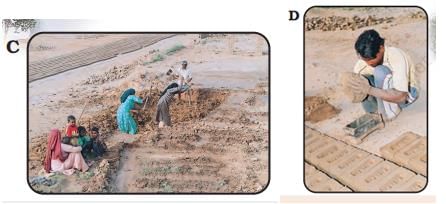
Which is the correct numeral representation of one hundred thousand?
Bhajan went to buy bricks. The price was given for one thousand bricks. The prices were also different for different types of bricks. Bhajan decided to buy the new bricks from Brickabad. He bought three thousand bricks. How much did he pay?

Bhajan went to buy bricks. The price was given for one thousand bricks. The prices were also different for different types of bricks. Bhajan decided to buy the old bricks. He bought five hundred bricks. How much did he pay?





